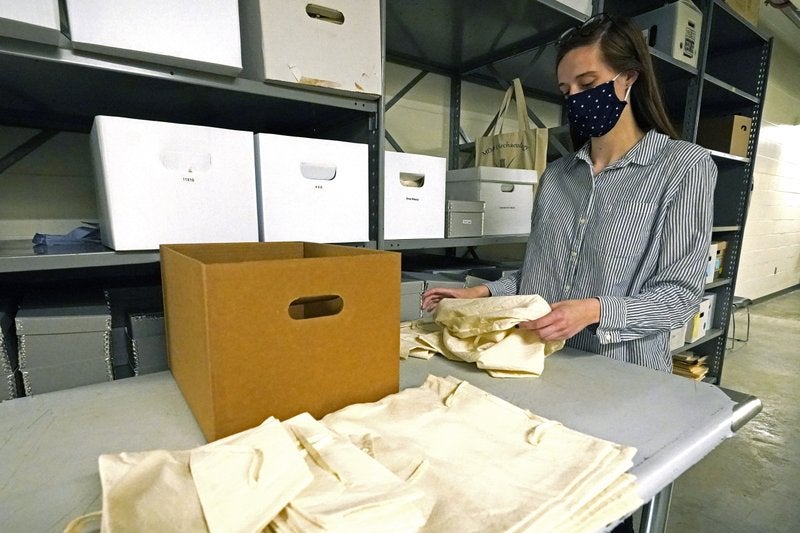Website documents state’s progress returning tribal remains
Published 5:49 pm Sunday, April 18, 2021
By The Associated Press
The Mississippi Department of Archives and History now has a new website documenting its progress returning Native American remains in its collection to tribes.
Since 1990, federal law has required that institutions like museums and schools that receive federal funding return human remains, funerary objects and other sacred items to their Native American, Alaska Native and Native Hawaiian descendants.
The law outlining these requirements is the Native American Graves Protection and Repatriation Act, or NAGPRA.
Many remains in Mississippi were discovered by Delta farmers developing land in the 1950s to 1970s. In some instances, shell beads, stone tools, celts and vessels found in burial sites in the U.S. have been put on exhibit.
Around 83,000 remains in the U.S. have been returned to descendants as of this fall, according to data provided to The Associated Press by the National Park Service. But at least another 116,000 ancestors are still waiting to be returned.
This year, the Mississippi Department of Archives and History completed the largest repatriation in Mississippi’s history, returning 403 remains to the Chickasaw Nation. However, there are still at least 1,000 remains in Mississippi that have yet to be returned.
Meg Cook, director of archaeology collections for MDAH, said returning remains to tribes now the department’s most prioritized project. The new website is part of that effort.
It features NAGPRA collections updates, policies and procedures and links to more information about the department’s tribal partners. An interactive map shows the status of ongoing repatriations in Mississippi counties across the state.
“Our goal is to engage the public in NAGPRA and to provide information about our collections in a way that hasn’t been done before,” Cook said. “The most important part is remembering that these remains are people, and their families want to see that they are reburied.”






